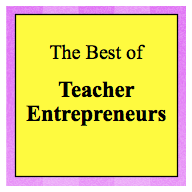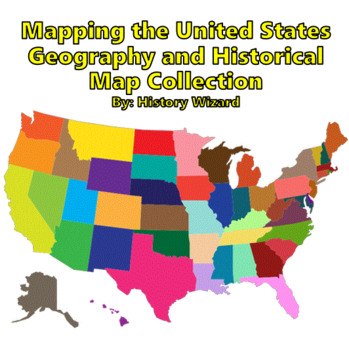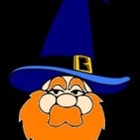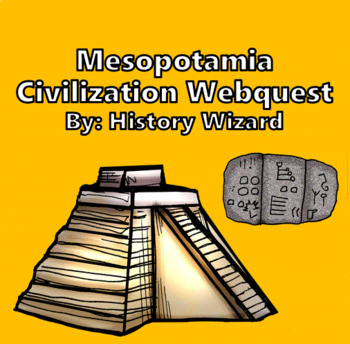Close Reading: The One and Only Ivan
by
Lisa Robles
Winner of the 2013 Newbery Medal and a #1 New York Times bestseller
by renowned author Katherine Applegate
If you have not read this book, you need to. It's an amazing book told from Ivan, the gorilla's, point of view. It's about friendship, courage and love. It's a springboard for a discussion about animal cruelty, friendship and the treatment of wild animals. Wonderful book for grades 3-8.
The focus question is already there for them and there is space for them to underline or highlight and write their thinking on the right side. When they are underlining, they are noticing text. They may see patterns, ideas and language. Then they need to write about why that stuck out at them. When they finish their annotating, they need to go back and answer the focus question. My close reading unit can be found on TPT. The unit has questions for every chapter and there are close reading worksheets with a gradual release lesson for the more pivotal parts. So far, we have completed one close reading lesson so the operative word here is modeling but I hope they become as proficient as my students were last year!
Facebook: https://www.facebook.com/LisaTeachR
Twitter: @Lisa_teacher






































